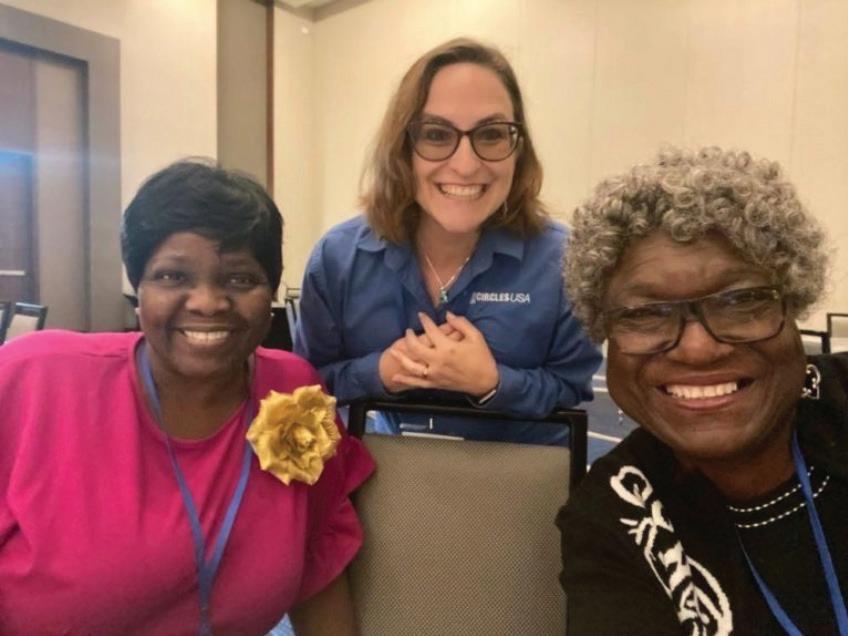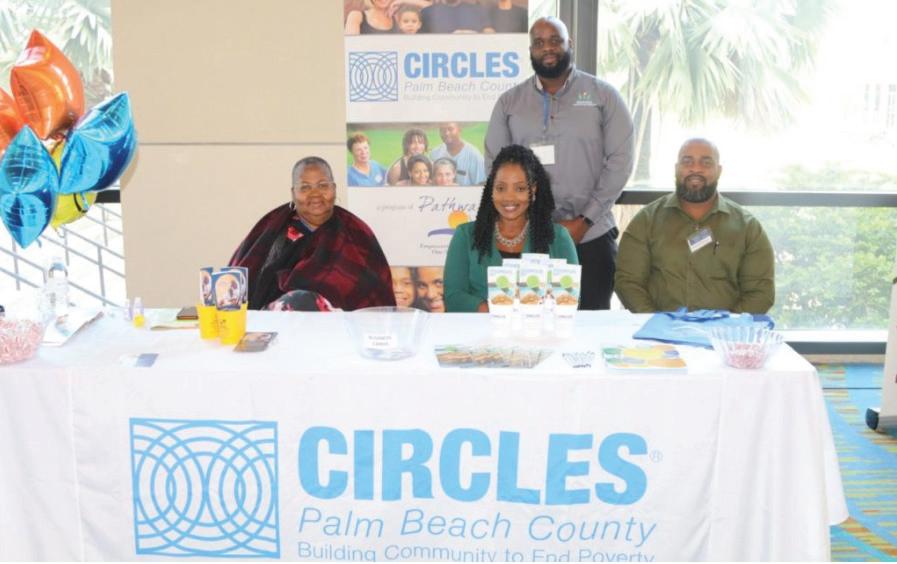
2 minute read
BONDING
in which social capital develops as participants pursue their pathways with peers.
in which social capital expands each participant’s connections to opportunities and a broader community through volunteers.
in which social capital emerges through community organizing that pursues systemic change—like creating job pathways and educational opportunities that benefit whole communities.
This December, Executive Director Kamatara Johnson shared Circles USA’s work building social capital at an Economic Mobility Summit hosted by Palm Beach County Community Services in West Palm Beach, FL. The Summit—which gathered around 450 poverty alleviation specialists and 11 sponsoring government and nonprofit organizations from across the Southeast region and U.S.—was the first annual convening of the Securing Our Future Initiative (SOFI). Participants addressed topics including safety and justice, health and wellness, food and hunger, employment, childcare, housing, education, transportation, and technology.
Johnson’s talk shared Circles USA’s decades of experience and knowledge, emphasizing the ways in which building intentional relationships can improve pathways for upward mobility for low-earning workers. Keynote speaker Raj Chetty (Professor of Public Economics at Harvard University and Director of Opportunity Insights) and panelist Dr. Camille Busette (Director, Race, Prosperity, and Inclusion Initiative, Brookings Institute) spoke directly to this social capital model, with new data from a study illustrating how communities can leverage social capital networks to advance economic mobility.











